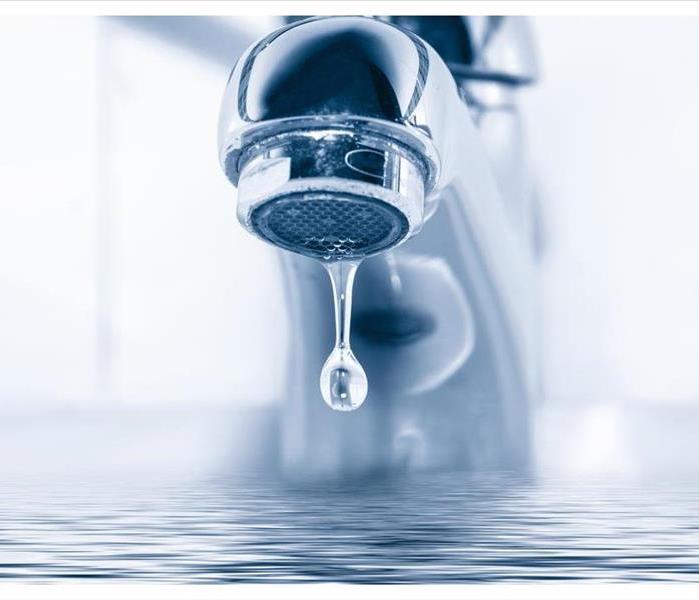An Ounce of (Water Damage) Prevention
12/8/2020 (Permalink)
No one in Louisa, VA, wants to experience gushing water in home spaces, or pooling water on adjacent areas, such as a porch or patio. Water damage is ruinous, work intensive and costly no matter where it occurs. And while no one can predict a malfunctioning dishwasher or a broken pipe, you can take a number of easy-to-do steps to lessen the chances of an emergency requiring water damage repair and restoration services. Maintenance is the operative word. Keep in mind that standard homeowner's insurance covers water damage, but not if that damage resulted from a lack of proper maintenance.
To keep your home water damage-safe, here are some basic preventive measures.
Indoors
Check appliances regularly for leaks or gathering moisture. Make small fixes—a broken pipe and pipe cleanup, for example—to ward off big repairs stemming from outright flooding or mildew, mold and structural damage.
Replace old, brittle washing machine hoses prone to cracking.
Ensure your home's water pressure is not so high that it puts undue stress on pipes and hoses.
Track water bills to spot gradually increasing or spiking costs that can indicate hidden leaks.
Shut off the water main valve when your home is unoccupied for a long period.
Test your sump pump for operability.
Outdoors
Disconnect water hoses in winter to prevent frozen pipes that can burst and damage your home's interior.
Clean gutters and downspouts to free them of blockages that can harm the house foundation.
Inspect the roof and repair missing or cracked shingles to prevent leaking water in home interior areas.
Repoint loose chimney mortar and repair cracked bricks—another water entry point.
Keep landscaping clear of utility pipes to stop tree roots from splintering a water pipe.
Prevention is a proven strategy for all homeowners. It goes a long way toward avoiding the anguish and expense of finding unwanted water in home interiors—especially yours.




 24/7 Emergency Service
24/7 Emergency Service
